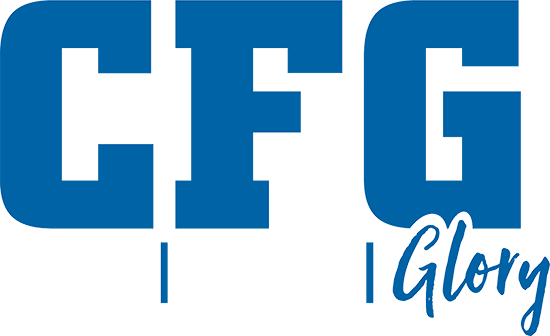This is a great reference to return to time and time again in order to fully grasp what it is we do at the box. I encourage everyone to read this through a few times to gain a basic understanding of these concepts. Plus, there will be a quiz next time you’re in…
You’ll see some terms thrown around the box and CrossFit blogs that you haven’t seen since high school science classes. This brief article will attempt to put them into the context of the program and how they help get you into the best shape of your life.
We move our own bodies and we move external objects. We can measure how heavy those bodies and objects are, how far they travel, and in what time period. Your ability to move large loads, long distances, quickly, is “fitness.”
CrossFit is designed to increase your fitness by increasing your ability to produce “power” and do “work”.
We’ll start off with the one formula I remember from physics: Newton’s Second law. Force equals an objects mass times it’s acceleration. (F=ma) The greater an object’s mass, the greater the force required to move it. Given two objects of equal mass, the one accelerated fastest is the one with the most force applied to it. What this means to you is that you will be producing more force with greater speeds and/or heavier loads. Force is the first component of “work.”

When we talk about “work” in the gym, it’s in the context of physics – not a chore or a paycheck. “Work” is the application of a force over a distance. Lifting a weight from the ground to overhead (think snatch or clean&jerk) is a good example of work. Work is Force times the distance moved. (W= Fd). We can measure the work done in a WOD (if we wanted to) by computing the mass and measuring the total distance moved. Yes, this does mean that taller and heavier people do more work in Fran than shorter people. But what if a smaller person moves faster you say?
Work does not have a time component.
 The same amount of work is done when carrying a load up a flight of stairs whether the person carrying it walks or runs, but we all know that we’ll be more tired if we run than if we walk. That’s because more power is expended while running because the work is done in a shorter amount of time.
The same amount of work is done when carrying a load up a flight of stairs whether the person carrying it walks or runs, but we all know that we’ll be more tired if we run than if we walk. That’s because more power is expended while running because the work is done in a shorter amount of time.
Herein lies the key.
Given the example of carrying the boxes up the flight of stairs: let’s say that we have two athletes of equal box carrying ability, the winner of this “chore” will always be the one who can produce the most power. I would go so far as to say that in any competitive event, the athlete that can produce the greatest power will win.
Power is our definition of intensity. Intensity is where results are produced.
Power is work divided by time. (P=W/t)
We develop these by attacking both ends of the equation. We increase work capacity by increasing the loads, distances and force production. You’ll see these in heavy, though slower, movements like sets of heavy squats, deadlifts and even weighted pullups. CrossFit also develops the speed that allows you to accomplish the work quicker. Lighter but faster WODS such as low weight thrusters, box jumps, double-unders and burpees are designed to increase speed. The Olympic lifts (and movements like thrusters) are unparalleled in developing both ends of the equation simultaneously, which is why you see them so often.
What about technique?
CrossFit gets a bad rap for not stressing technique. I should say that bad CrossFit gyms give CrossFit the bad rap. Technique is not at odds with intensity, though at the limits, your technique will decay (that’s how you know it’s your limit!). Technique is essential to maximizing power, thus increasing fitness (results). Proper technique is the mechanism by which strength is translated into work. As you develop better technique and control at high speeds, thus limiting the energy leaks of poor form, your power output will increase.

Through CrossFit you train to increase work capacity: the loads you can move and the distances you can move them. You train to increase power: decreasing the time it take you to move a load and move a distance. We practice to improve technique. As we get better in all of these, our power output will increase. In our definition, that means fitness is improving. You are getting better results. And that makes the demands of real-life movement or your real sport much easier to deal with.
——————————————————————
A. Skill:
Pull-Ups & HS Walks
B. MWOD:
Banded Shoulder Flexion
C. WOD:
Double Alternating Tabata
KB Swings
HR Push-Ups
Skip to content

Fill out the form below to get started
Take the first step towards getting the results that you want 1

